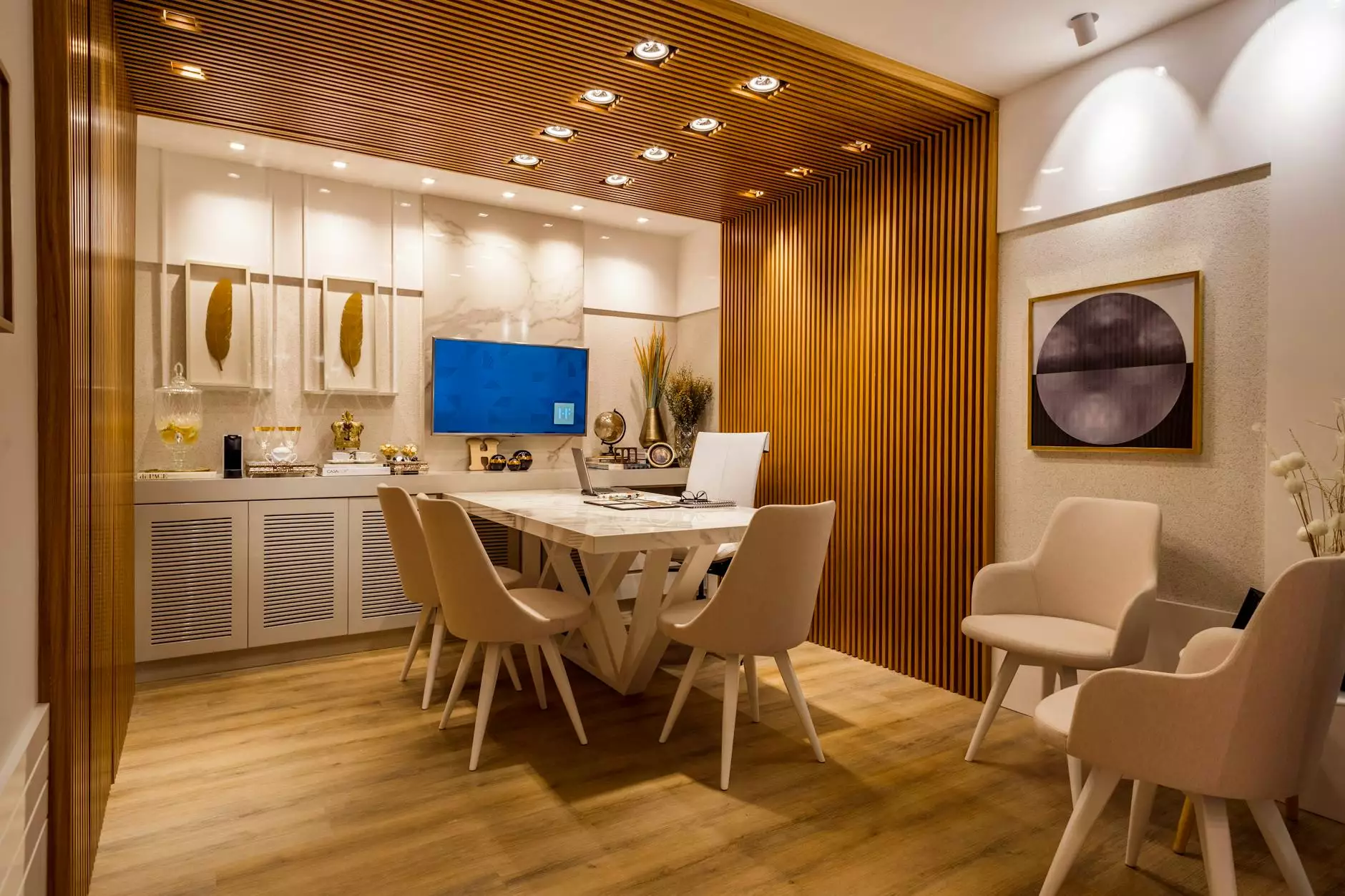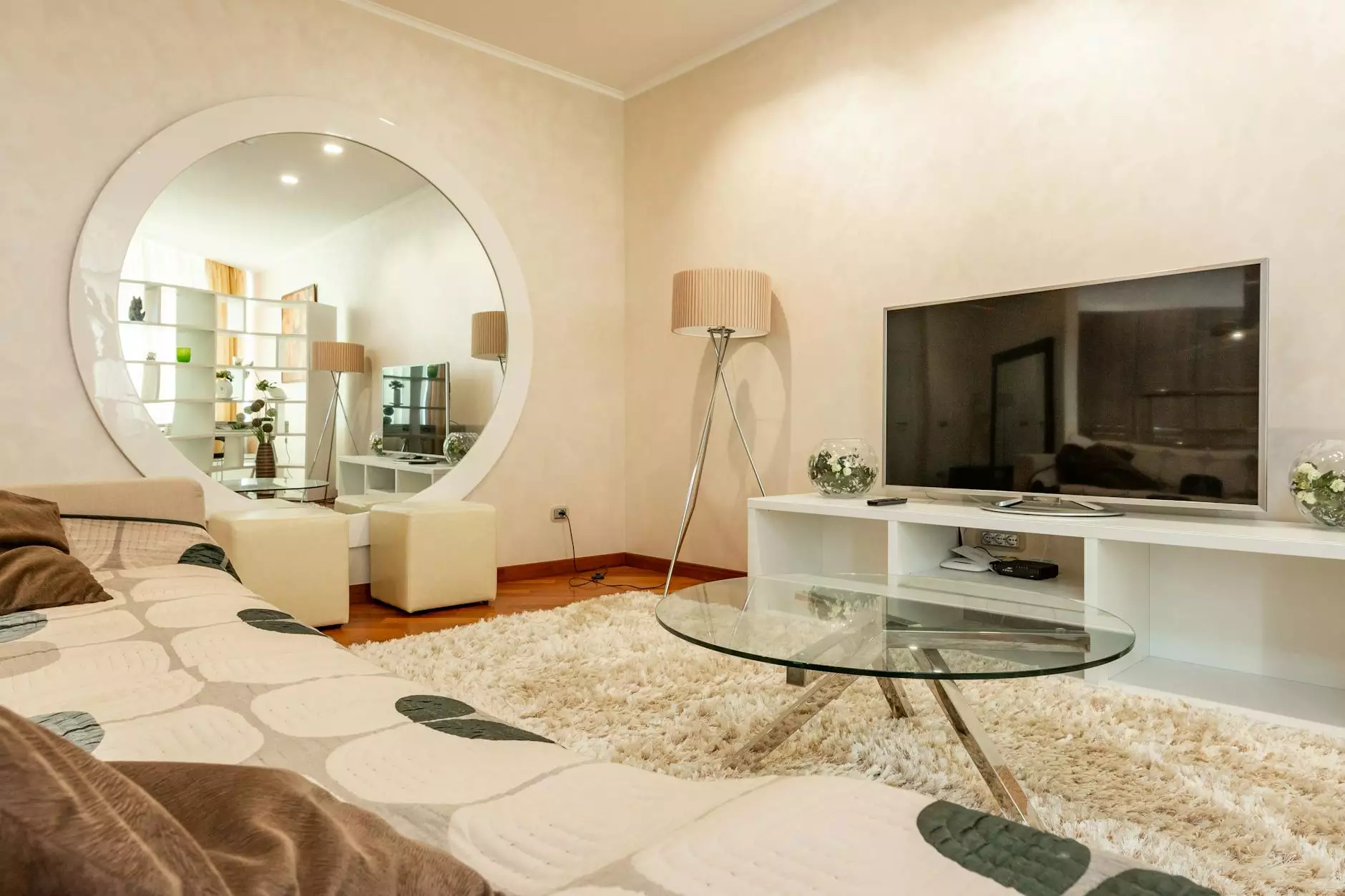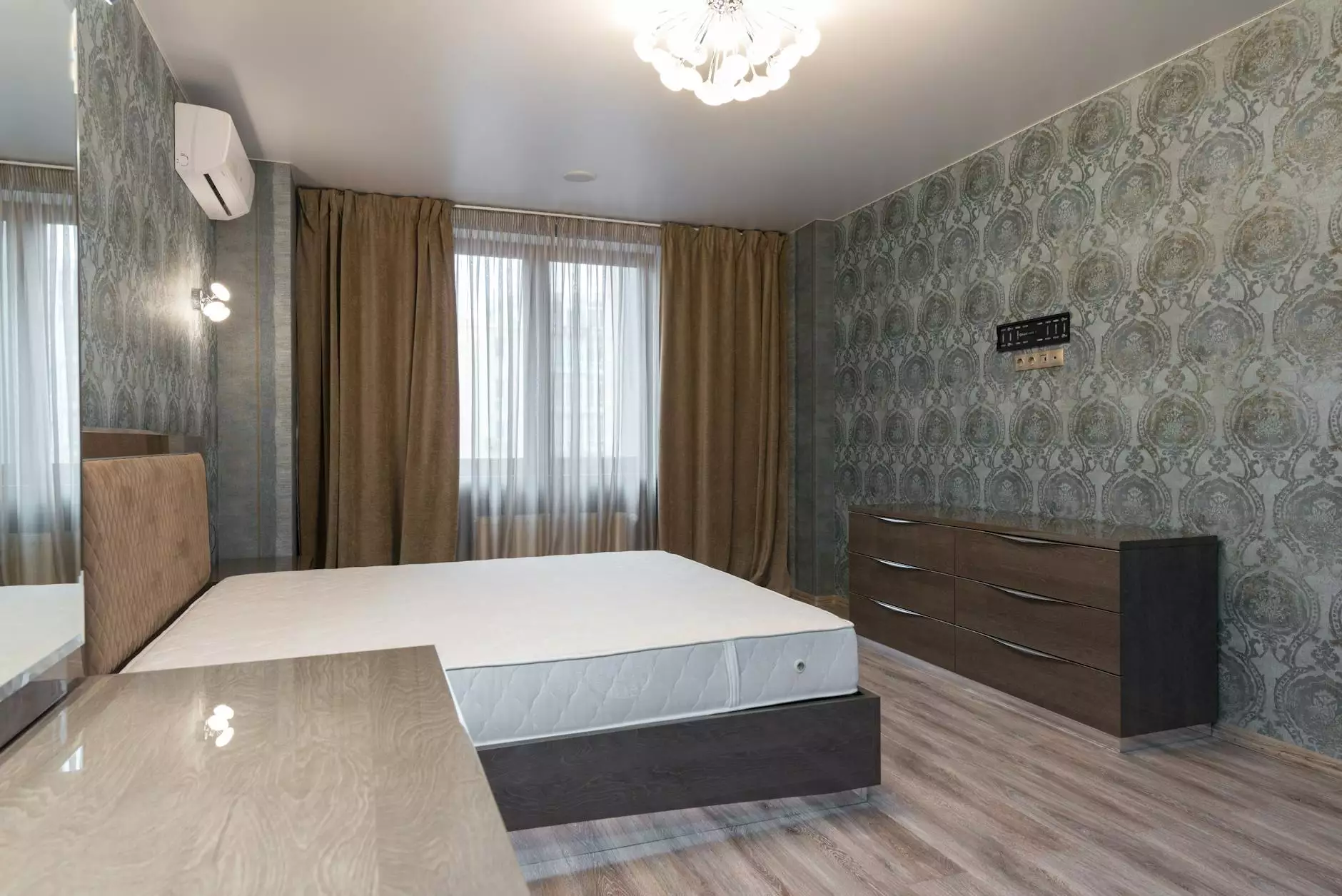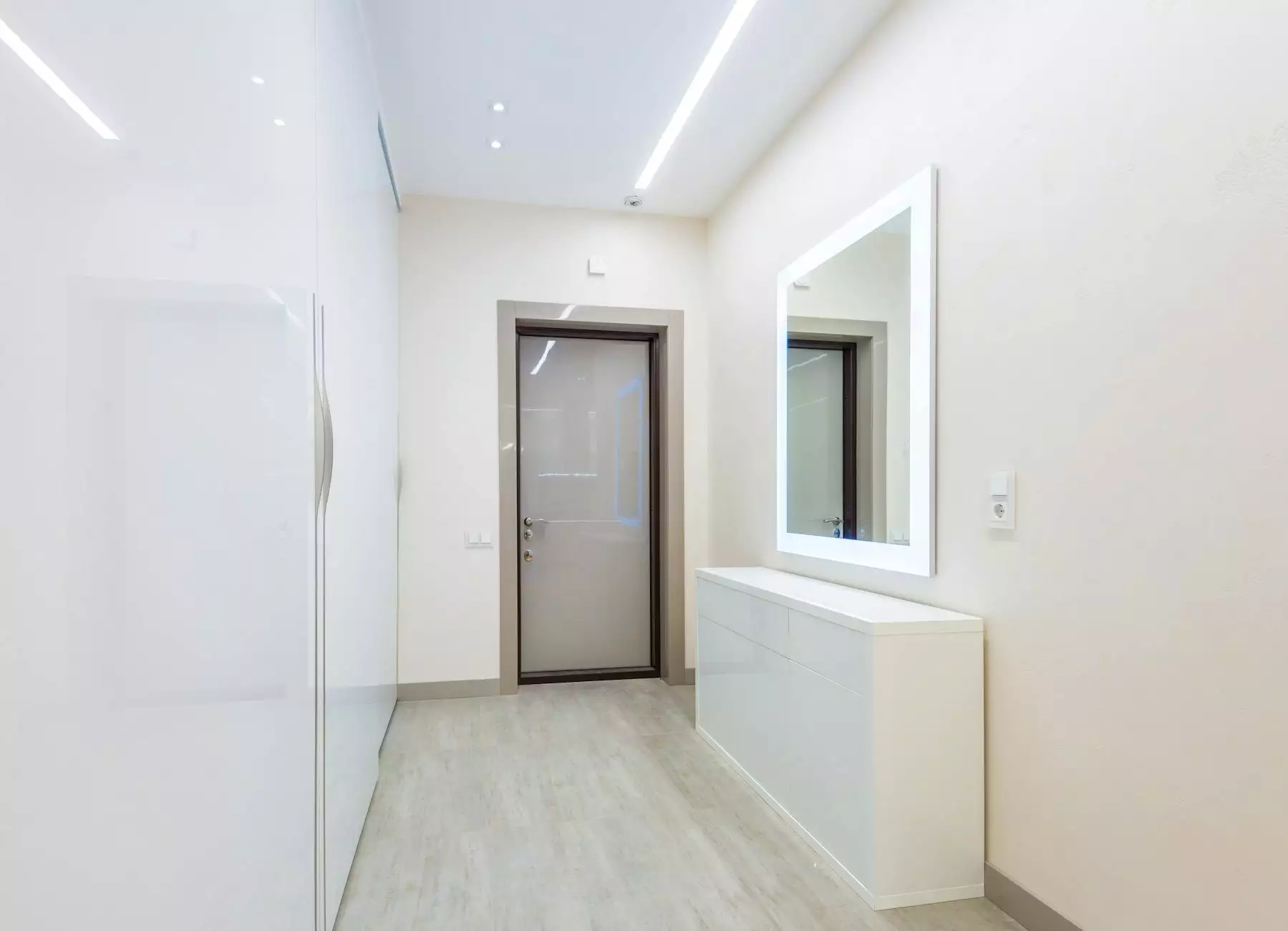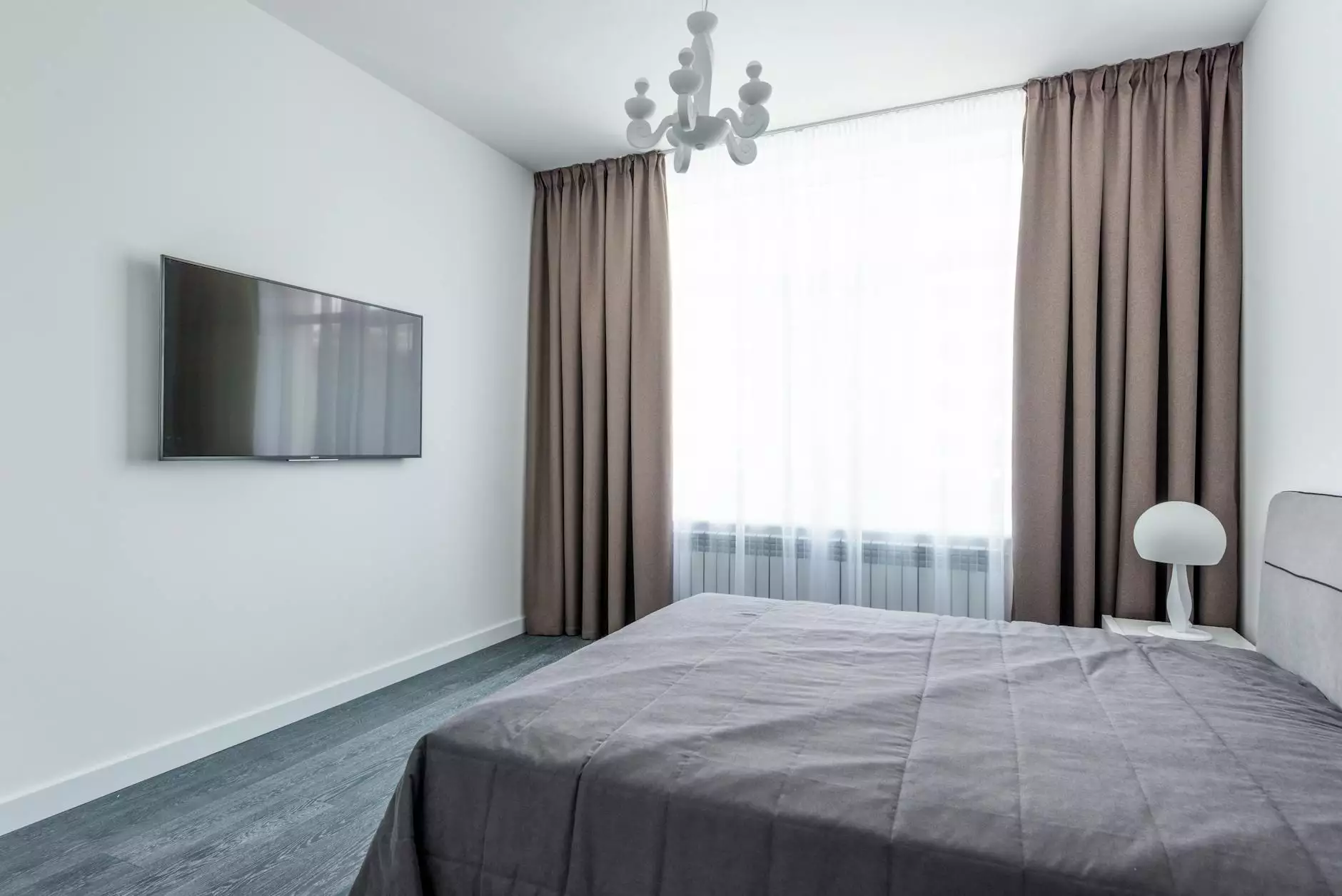How To Replace Paneling With Drywall

Welcome to Frameworks, your trusted resource for all things home improvement! In this comprehensive guide, we will walk you through the process of replacing paneling with drywall in your home. Whether you're looking to update your interior or enhance the value of your property, this step-by-step tutorial will provide you with the knowledge and skills you need to tackle this project like a pro.
1. Assessing Your Space
Before diving into any home renovation project, it's crucial to assess your space and determine the scope of the work. Take note of the current condition of your paneling, including any damage or areas that require special attention. Additionally, make sure to properly measure the dimensions of your walls to ensure accurate materials estimation.
2. Gathering the Right Tools and Materials
To successfully replace paneling with drywall, you'll need a variety of tools and materials. Here's a list of essential items to gather before getting started:
- Drywall sheets
- Joint compound
- Drywall tape
- Drywall screws
- Primer
- Paint
- Measuring tape
- Utility knife
- Power drill
- Sanding block
- Caulk
Ensure that you have all the necessary tools and materials readily available to streamline the installation process and avoid unnecessary delays.
3. Removing the Paneling
The first step in replacing paneling with drywall is removing the existing paneling from your walls. Start by gently prying off the trim using a pry bar or putty knife. Carefully detach each panel from the wall, taking care not to damage the underlying structure. Work systematically and be patient throughout this process to maintain the integrity of your walls.
4. Preparing the Walls
Once the paneling has been removed, it's time to prepare your walls for the installation of drywall. Inspect the surface for any nails or adhesive residue and remove them, ensuring a smooth and even base. Clean the walls thoroughly to remove dust and debris, as this will help the drywall adhere properly. Repair any imperfections, such as dents or holes, using spackle and sand the walls to create a flawless finish.
5. Installing the Drywall
Now that your walls are ready, it's time to install the drywall. Measure and cut the drywall sheets according to your wall dimensions, ensuring precise fits. Begin by attaching the drywall to the studs using drywall screws, starting from the center and working your way outward. Be sure to leave a small gap between each sheet to allow for expansion. Once all the drywall is secured, cover the seams with drywall tape and apply a thin layer of joint compound. Repeat this process until all the seams are covered and smooth.
6. Finishing Touches
After the joint compound has dried, sand the walls to achieve a smooth and seamless surface. Wipe away any dust and apply a primer before proceeding with your desired paint or wallpaper. Take your time during the painting process to ensure a professional-looking finish. Consider consulting a color expert or interior designer for guidance on selecting the perfect hue for your space.
7. Enjoy Your Newly Transformed Space
Congratulations! You've successfully replaced paneling with drywall and transformed your space. Step back and admire the beauty and elegance of your updated walls. Remember to maintain and care for your new drywall to ensure its longevity and preserve the appeal of your living area. Should you have any further questions or require additional assistance, our team at Frameworks is always here to help.
At Frameworks, we pride ourselves on providing the finest home improvement solutions to our valued customers. If you're interested in expert advice, top-quality materials, and professional service, don't hesitate to get in touch.

